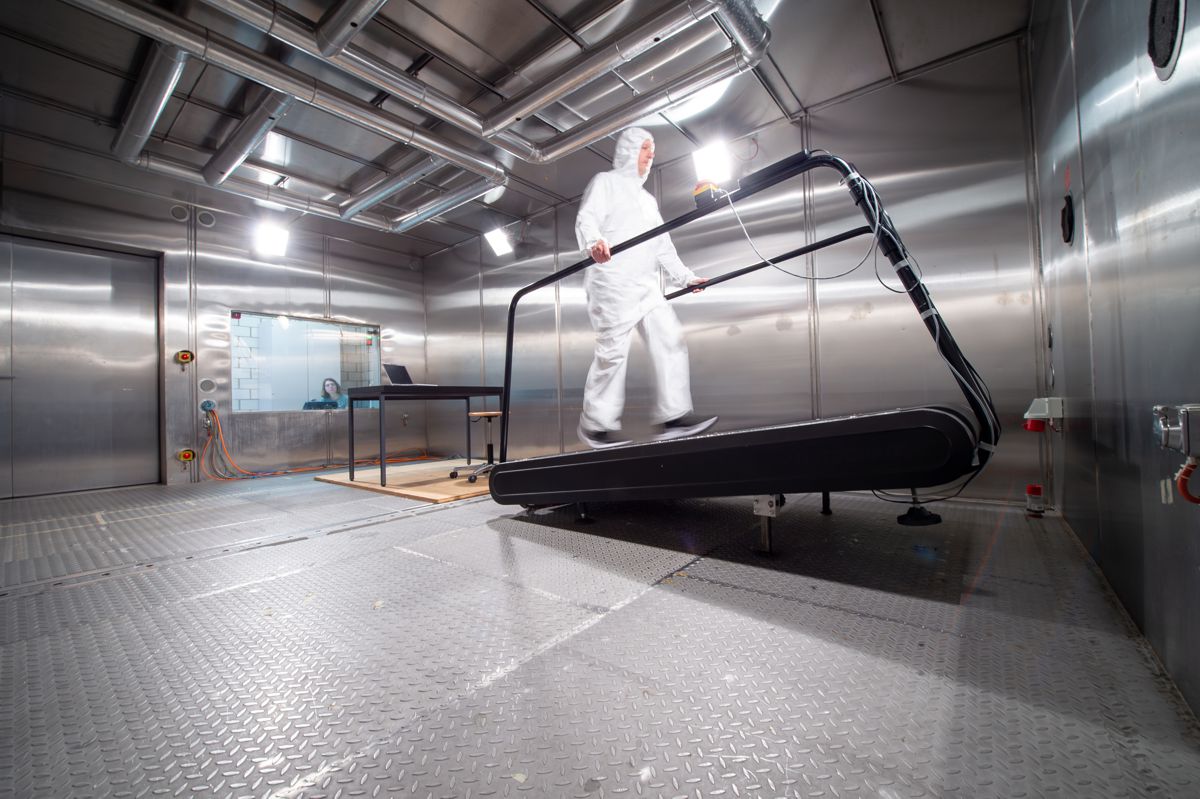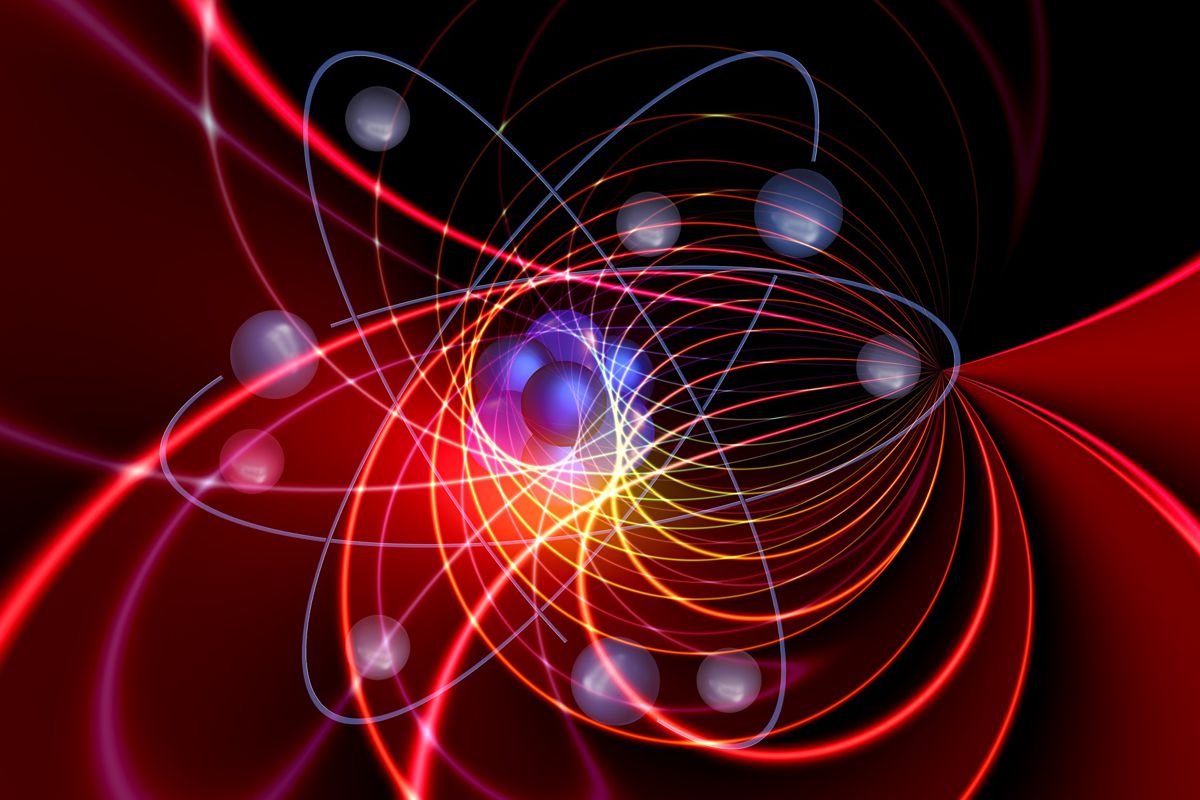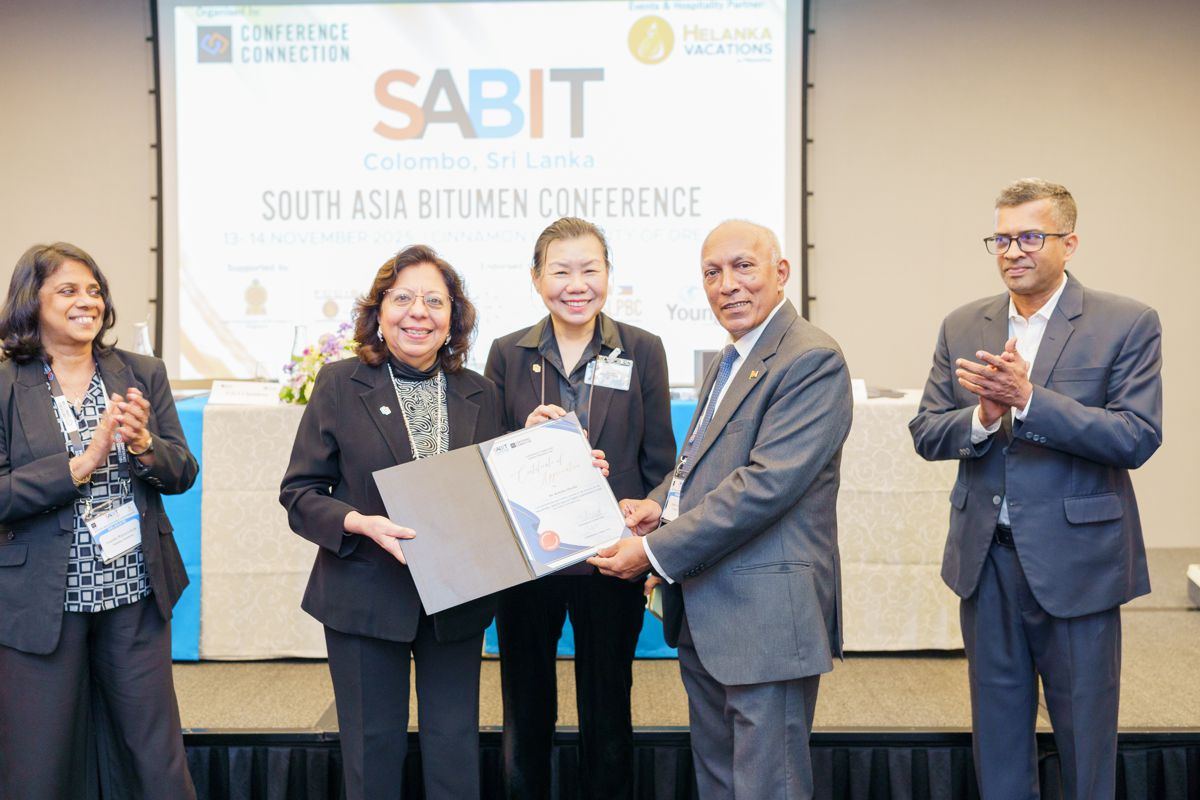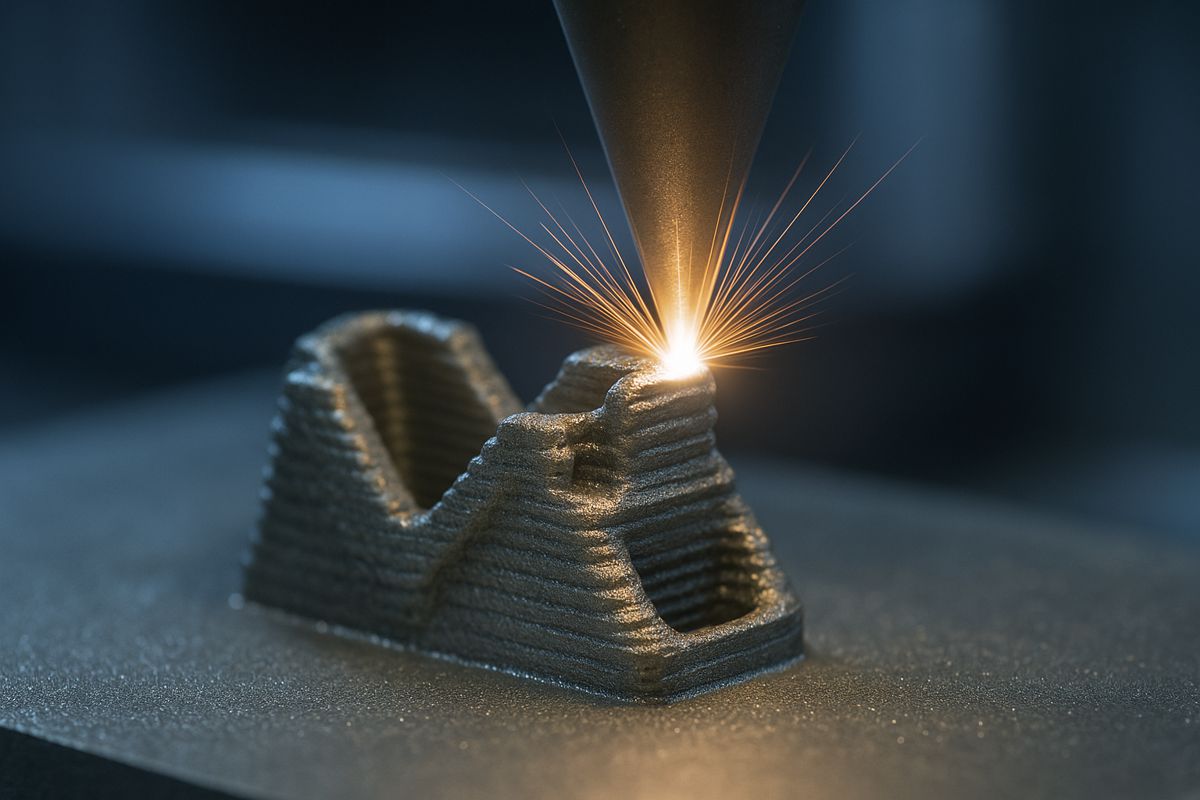Unlocking Iron’s Potential in Superconductivity Research
In a ground-breaking discovery, scientists at the University of California, Irvine (UC Irvine) have unveiled the intricate atomic mechanics that bolster superconductivity in iron-based materials. Published in Nature, this revelation could ignite advancements in fields like quantum computing, electronic devices, and even futuristic transportation systems.
The team’s cutting-edge research centred on an ultrathin film of iron selenide (FeSe) layered atop a strontium titanate (STO) substrate. By harnessing advanced spectroscopy housed at the UC Irvine Materials Research Institute (IMRI), they visualised atom vibrations, leading to the discovery of unique phonons—quasiparticles that transfer thermal energy.
These findings provide a new lens through which superconductivity can be enhanced.
The Science Behind the Superconductor
At the heart of the research lies electron-phonon coupling, a phenomenon where electrons interact with atomic vibrations. Lead researcher Xiaoqing Pan, a UC Irvine Distinguished Professor, described how phonons originating from out-of-plane vibrations of oxygen atoms at the FeSe/STO interface play a pivotal role.
“This strong electron-phonon coupling provides a mechanism for the enhancement of superconductivity transition temperature in ultrathin FeSe,” said Pan. Such coupling was amplified by the uniformity of the interface, underscoring how atomic precision can influence superconductivity temperatures.
FeSe demonstrated a transition temperature of 65 Kelvin, approximately minus 340 degrees Fahrenheit, earning it the title of the highest-temperature superconductor in its class. The researchers noted a clear correlation: greater uniformity in the FeSe/STO interface resulted in higher superconductivity temperatures—a promising insight for future materials design.
Vibrational Imaging
To dive deeper, the team utilised vibrational spectroscopy to capture highly detailed images of atomic vibrations at the interface between FeSe and its substrate. This state-of-the-art imaging revealed variations in interlayer spacing that directly influenced electron-phonon coupling strength.
Co-author Ruqian Wu, another UC Irvine Distinguished Professor, highlighted the exceptional precision of the instruments at IMRI. “The ultrahigh spatial and energy resolutions of these tools provide extraordinary experimental data, which, when paired with theoretical simulations, allow us to pinpoint the atomic contributions enhancing superconductivity,” Wu explained.
Their findings open new doors to understanding superconductivity at heterogeneous interfaces, providing valuable insights for material engineers and physicists alike.
Bridging Theory and Application
Beyond theory, the implications of this research are profound. Superconductors have the potential to revolutionise several industries:
- Quantum Computing: Improved superconducting materials could enable faster, more efficient quantum processors.
- Magnetic Levitation (Maglev) Transport: Enhanced superconductors could pave the way for high-speed, energy-efficient trains.
- Medical Technology: Advanced superconductors could improve MRI machines and enable cutting-edge diagnostic tools.
Professor Pan stressed the broader significance, stating: “These results are an important step toward achieving scalable fabrication and utilisation of superconductors in a range of applications.”
Global Collaboration Fuels Innovation
This monumental study was not an isolated effort. It involved researchers from Uppsala University (Sweden), Princeton University, the Beijing National Laboratory for Condensed Matter Physics, and the Chinese Academy of Sciences. Such international partnerships underscore the collaborative nature of modern science.
The project received funding from the U.S. Department of Energy’s Office of Basic Energy Sciences, Division of Materials Sciences and Engineering, further demonstrating the critical importance of public investment in cutting-edge research.
A Hub of Innovation
Established in 1965, UC Irvine has become synonymous with academic excellence and transformative research. Home to five Nobel laureates, the institution consistently ranks among the top 10 public universities in the U.S. Under the leadership of Chancellor Howard Gillman, it contributes billions annually to local and state economies while serving as Orange County’s second-largest employer.
With its rich history of innovation and a vibrant academic community, UC Irvine is well-positioned to lead the charge in superconductivity research and beyond.
Building Tomorrow’s Tech Today
This breakthrough doesn’t just deepen our understanding of superconductivity—it lays the groundwork for a future where quantum technologies, sustainable transportation, and advanced medical devices are commonplace.
The meticulous work of UC Irvine’s researchers serves as a testament to the transformative power of science, pushing boundaries and unlocking new possibilities.




















